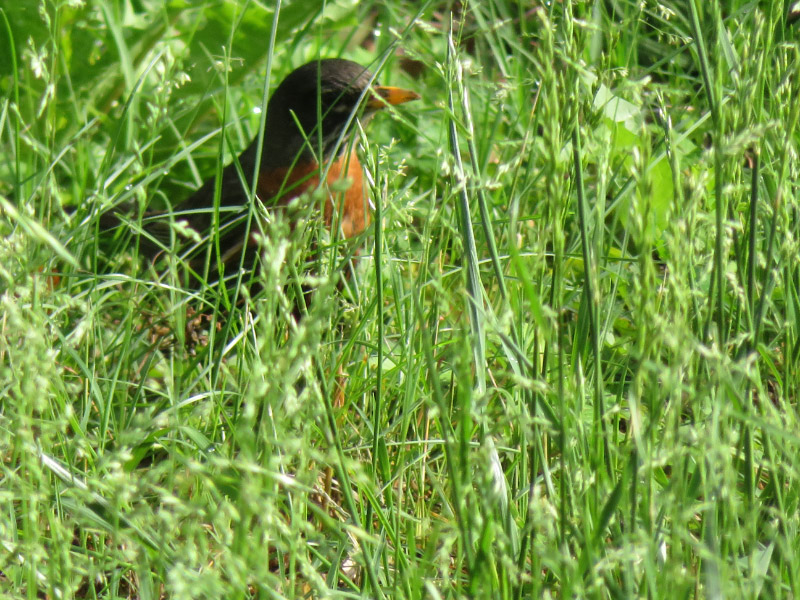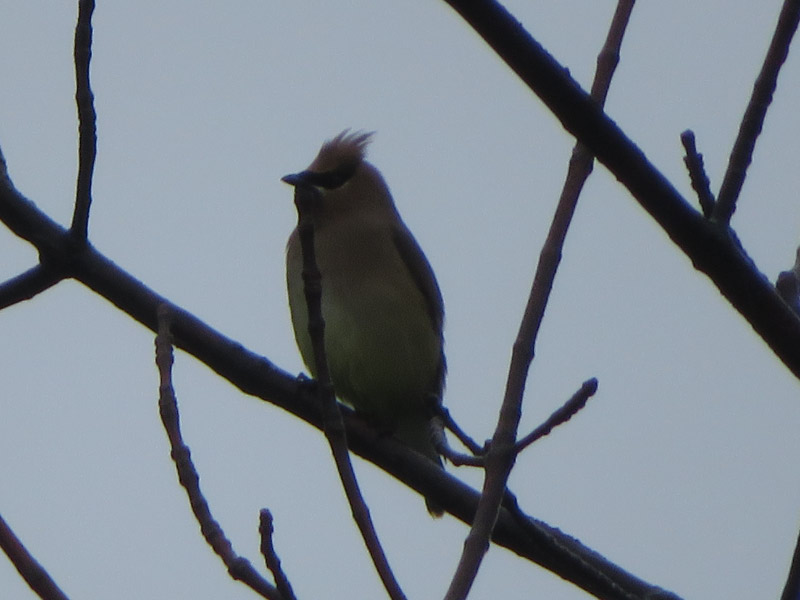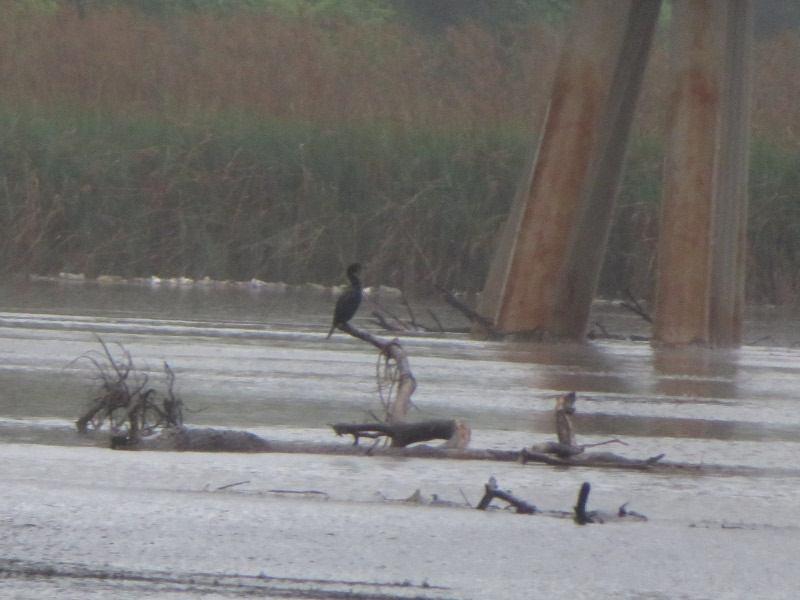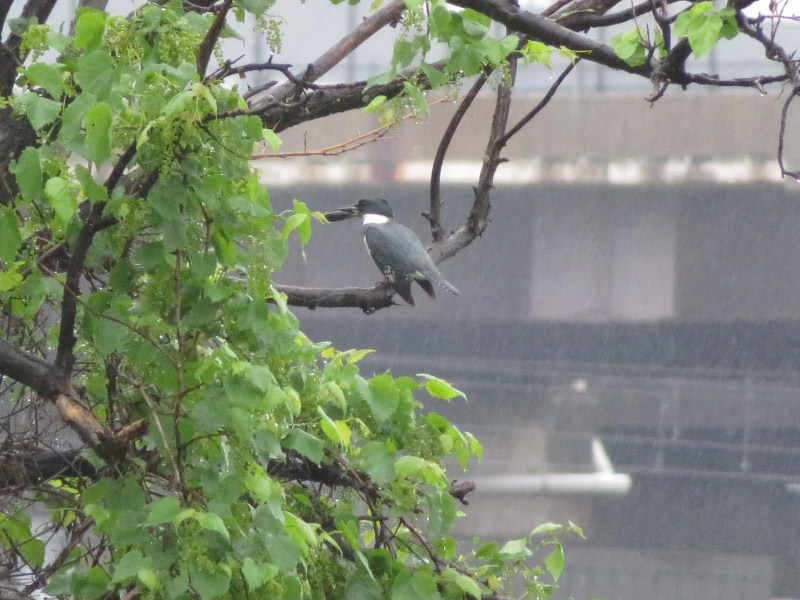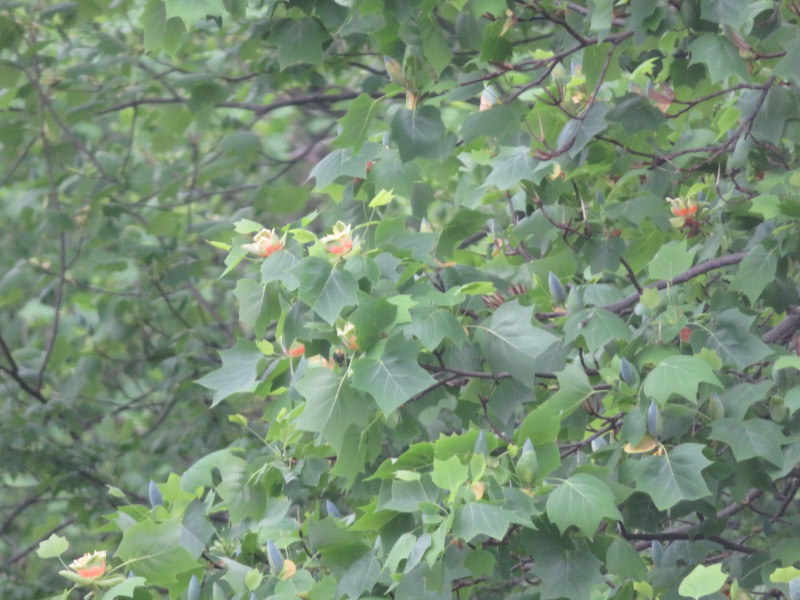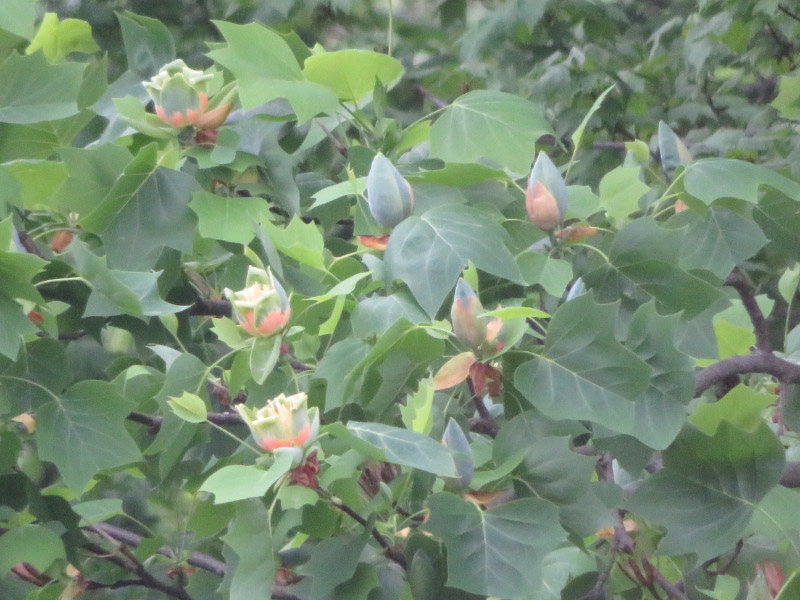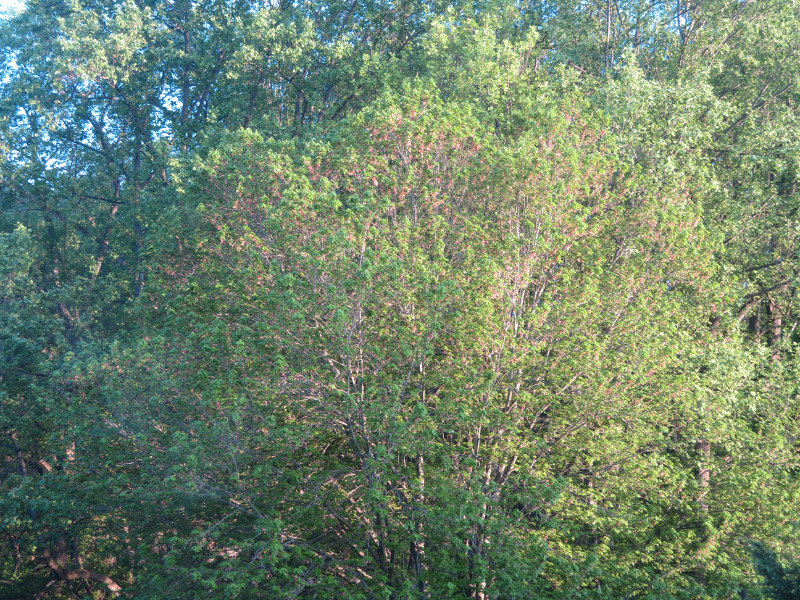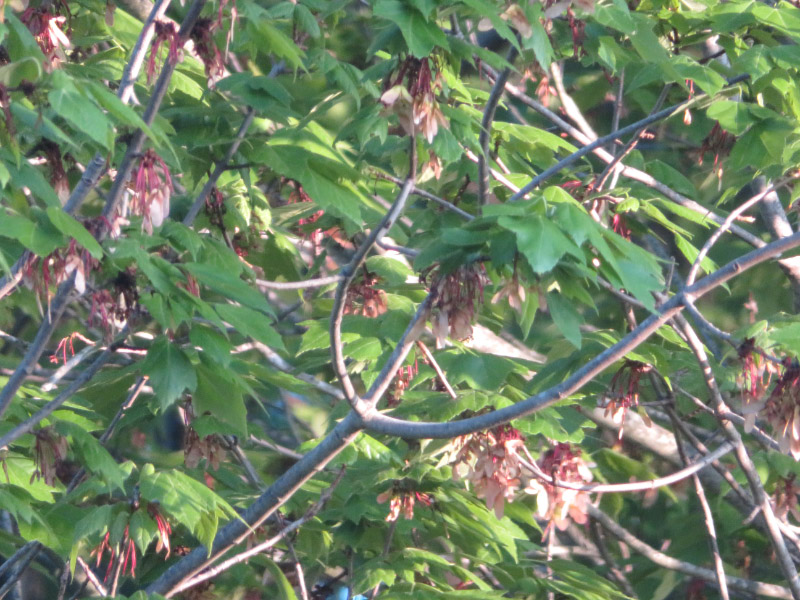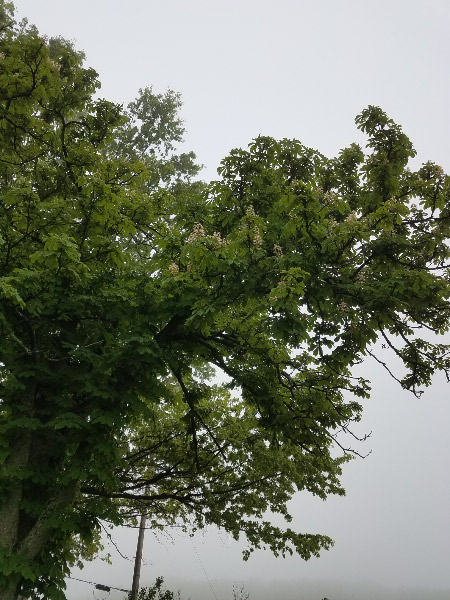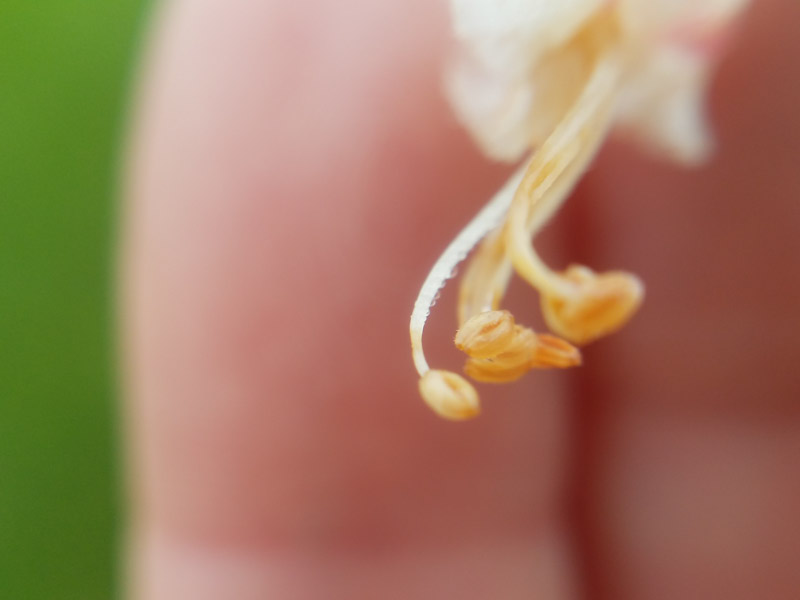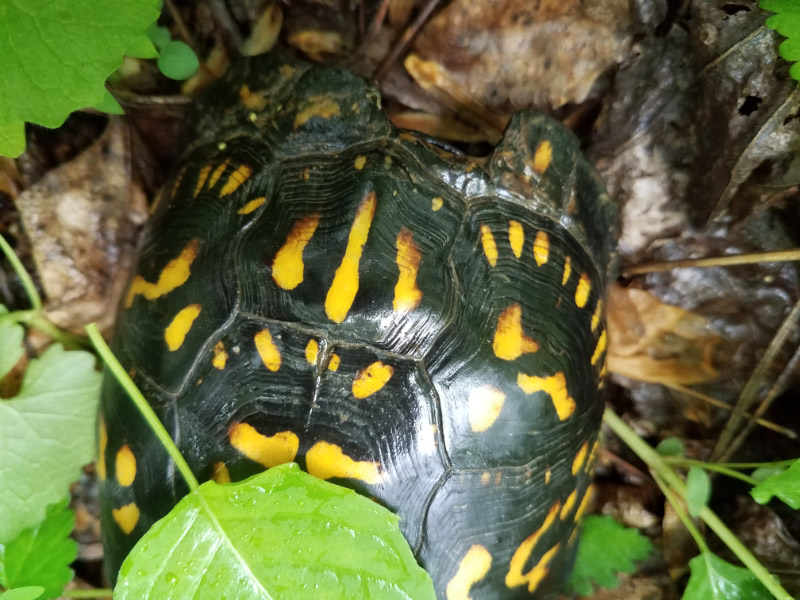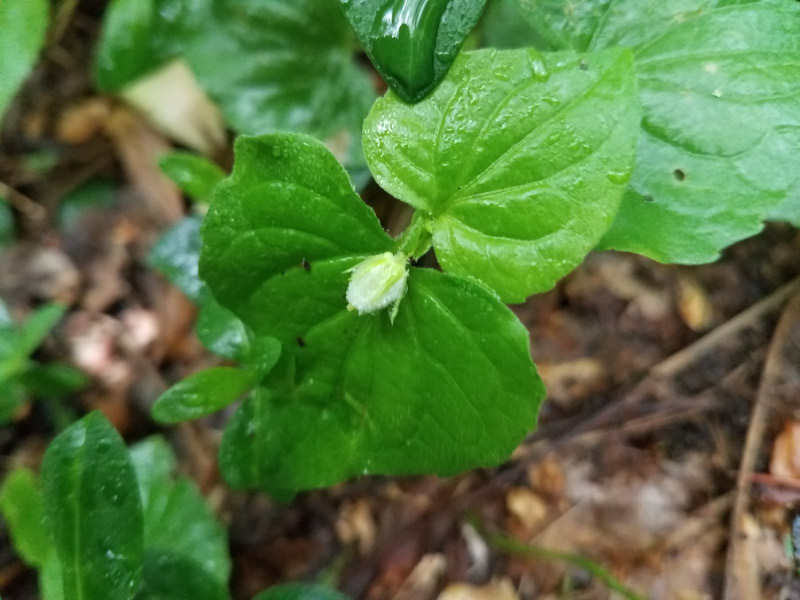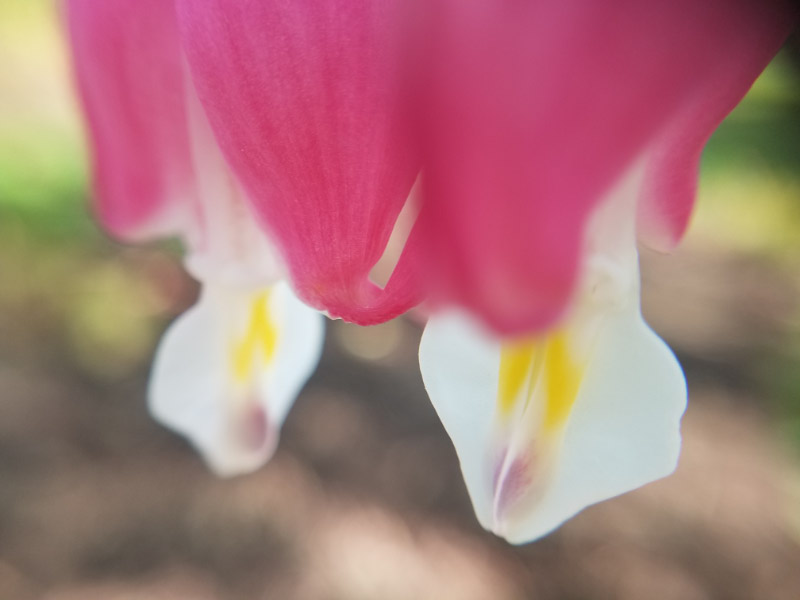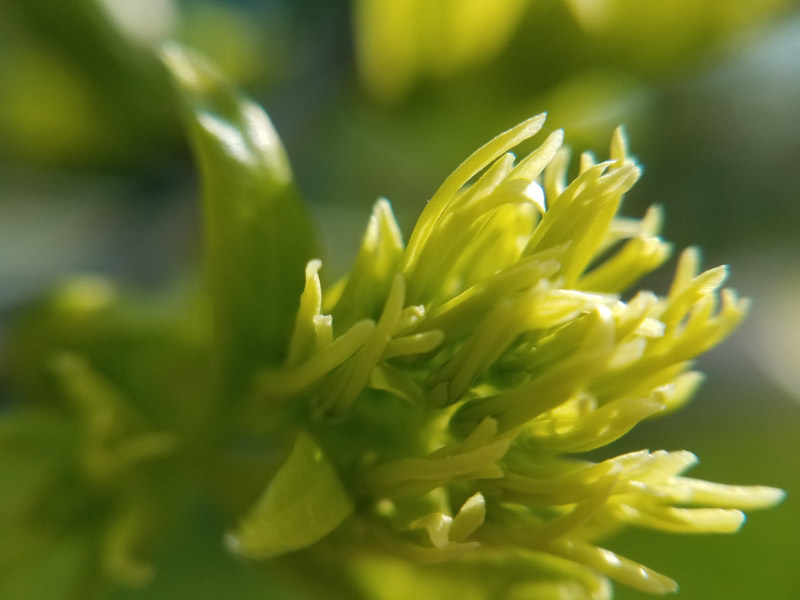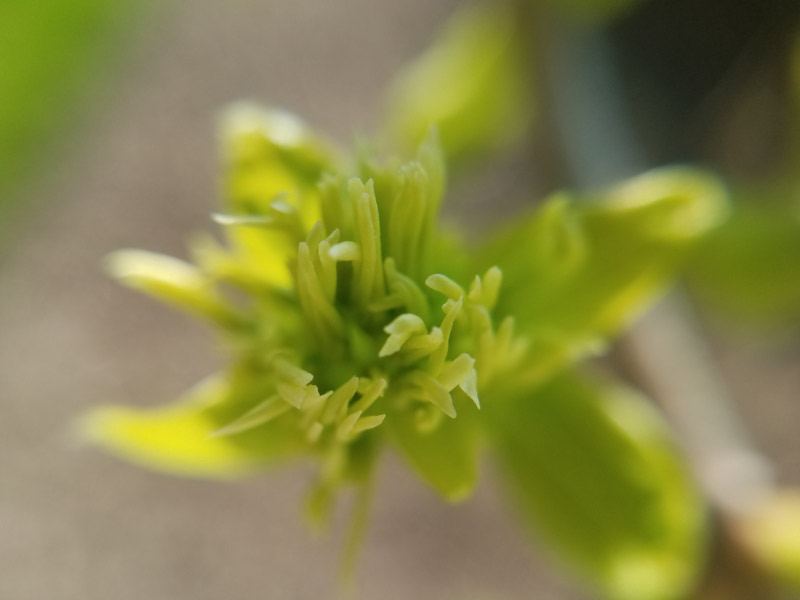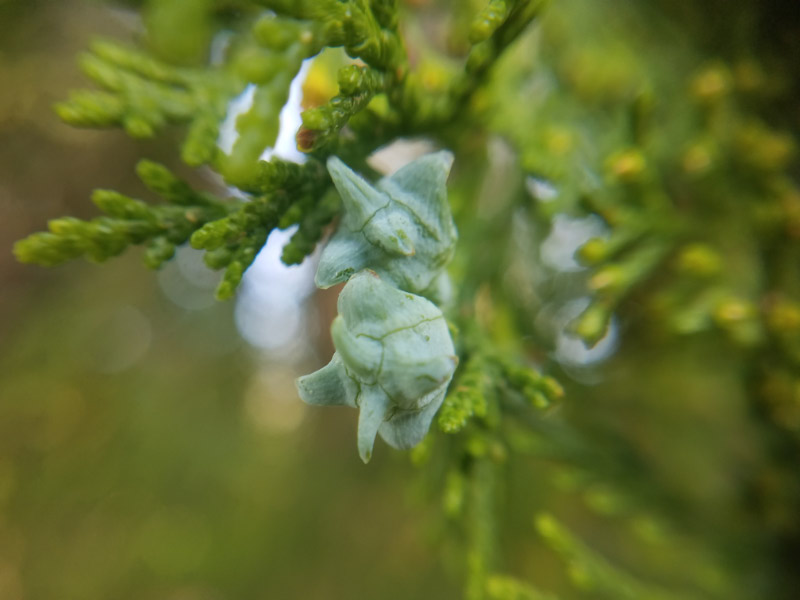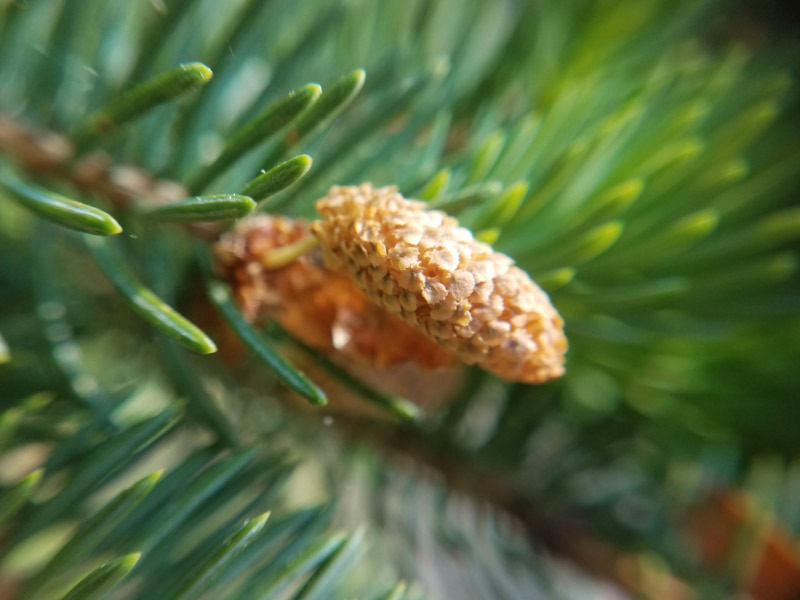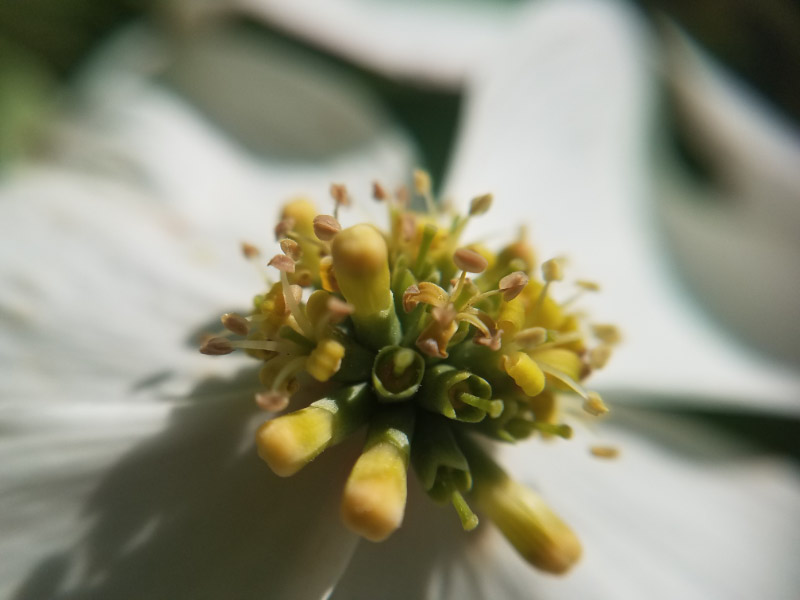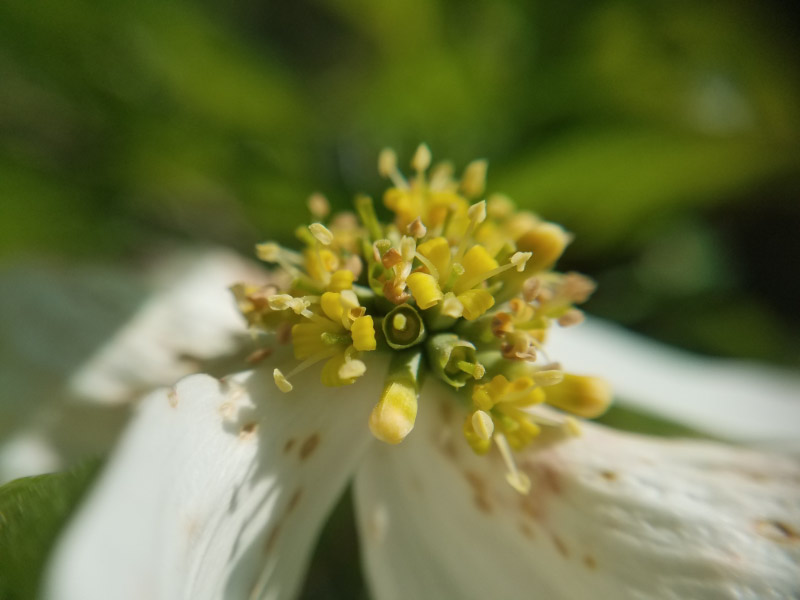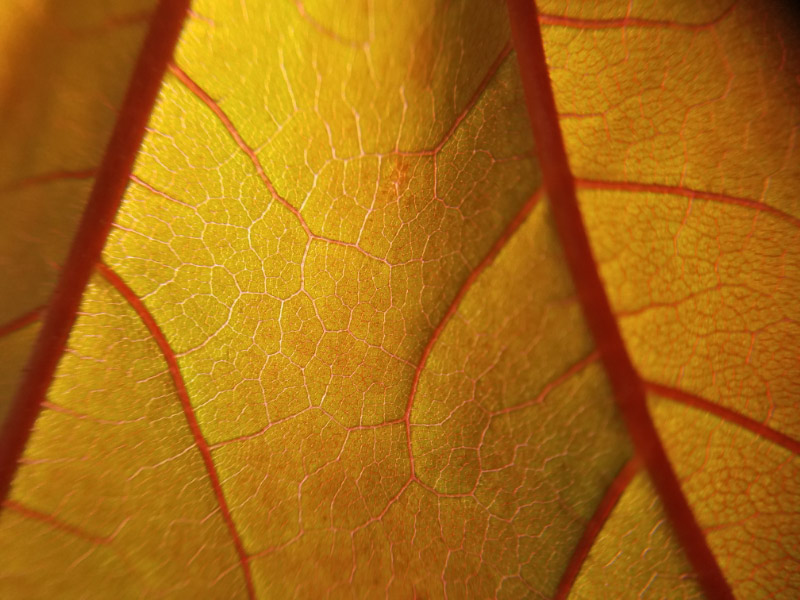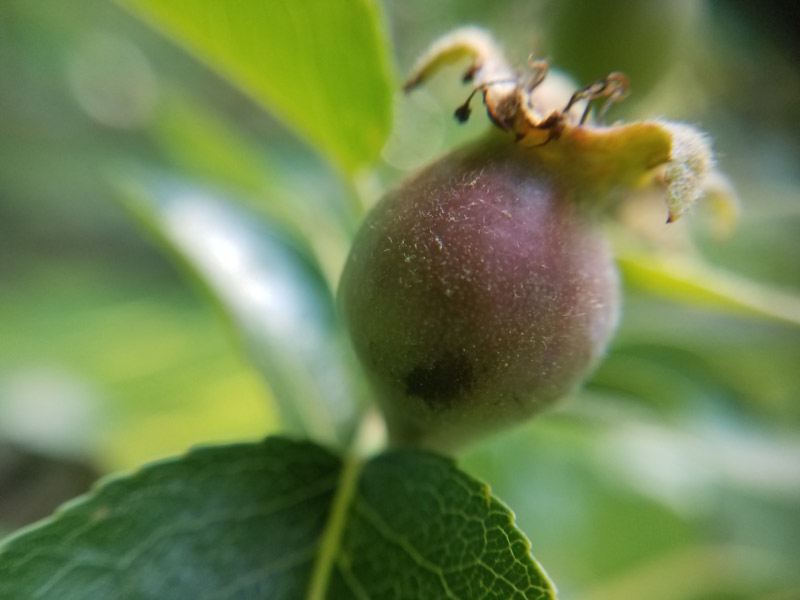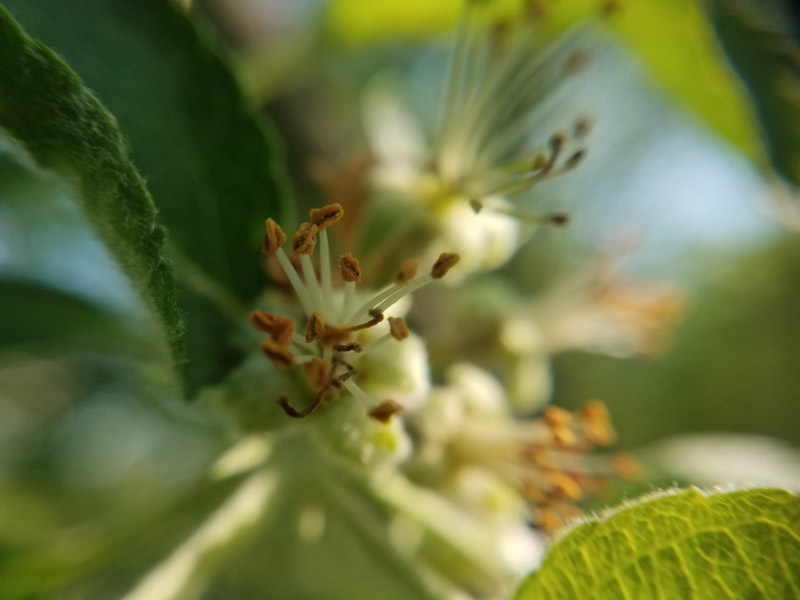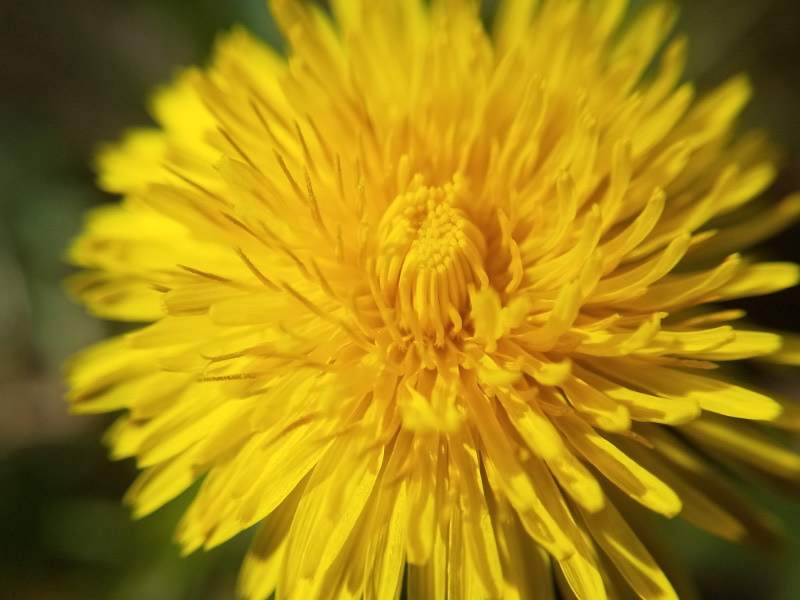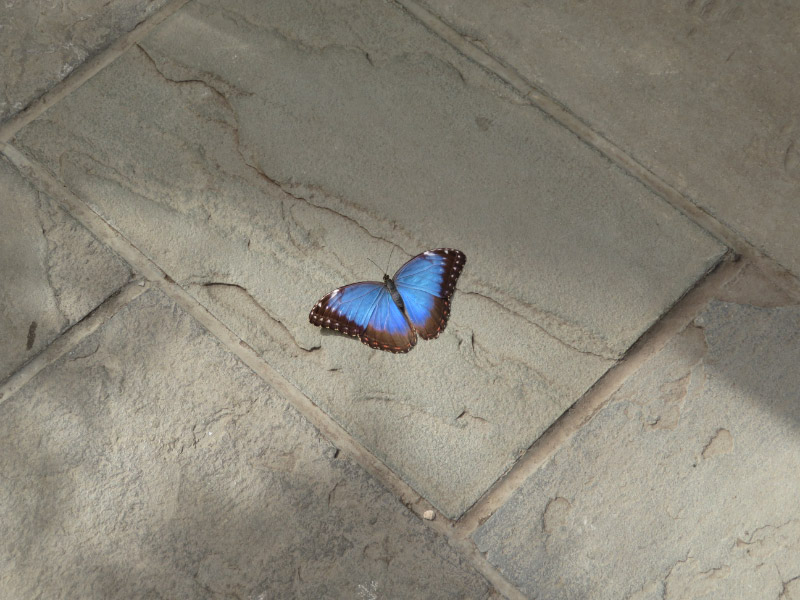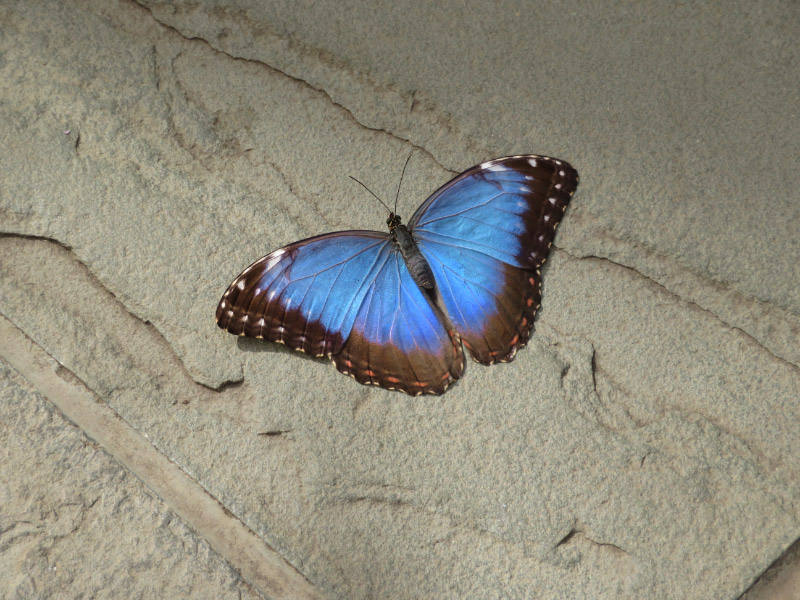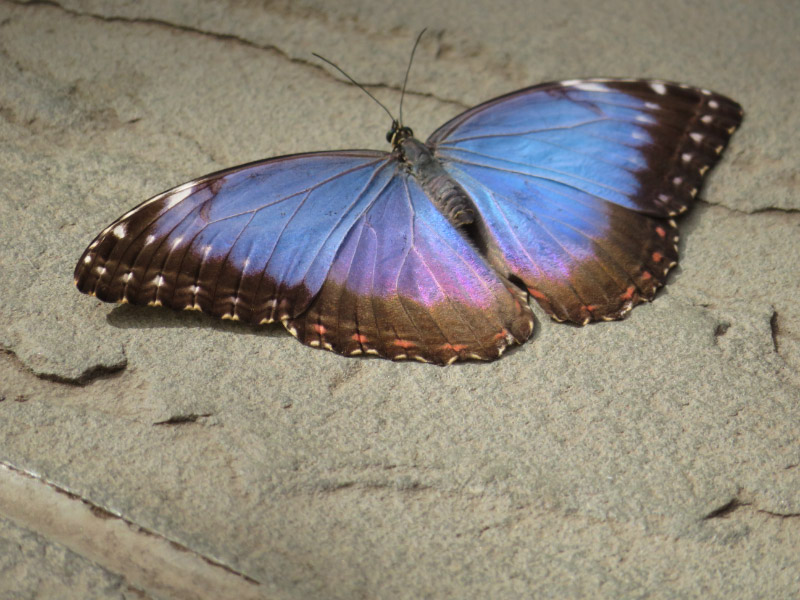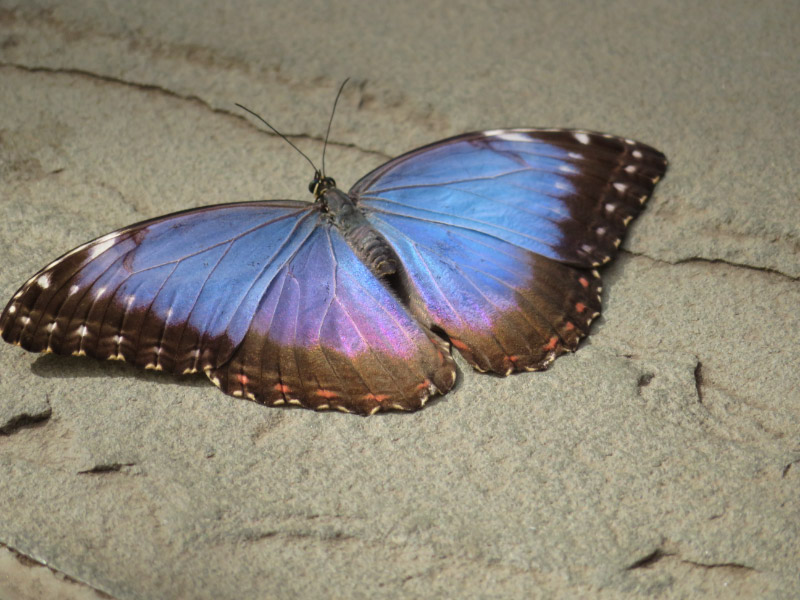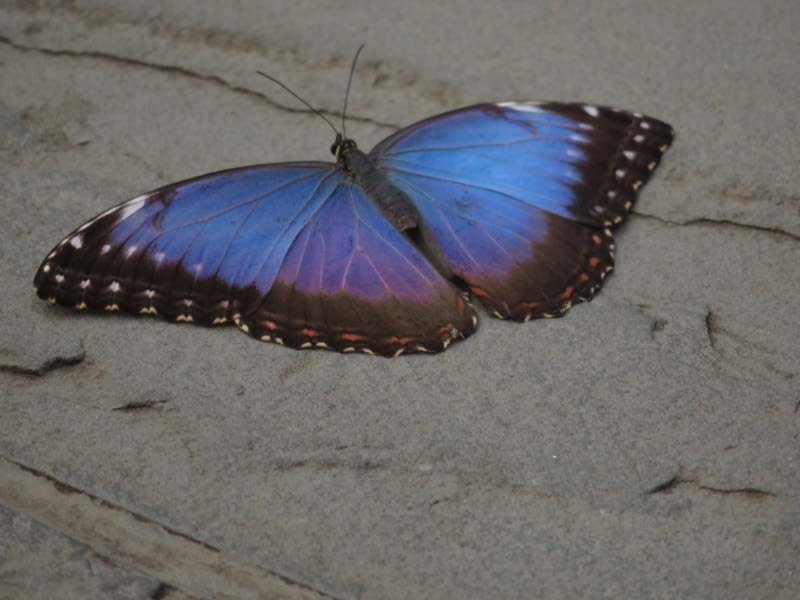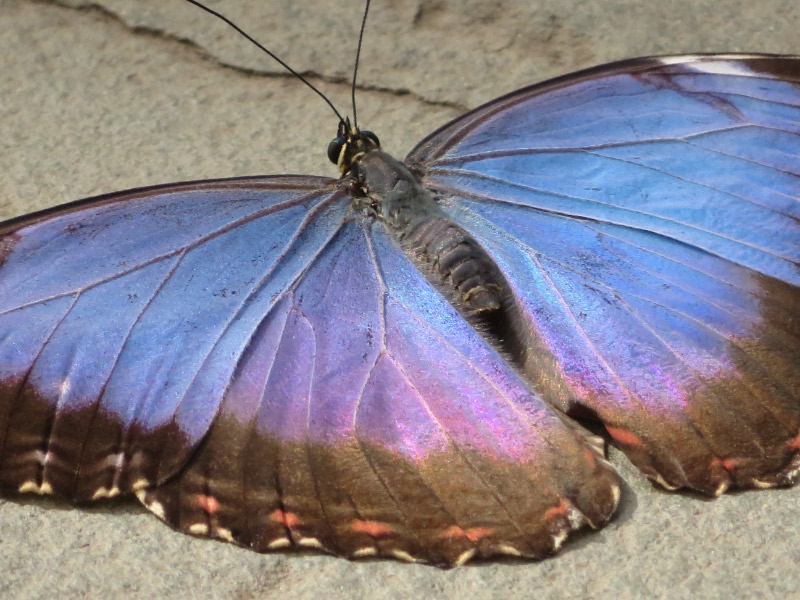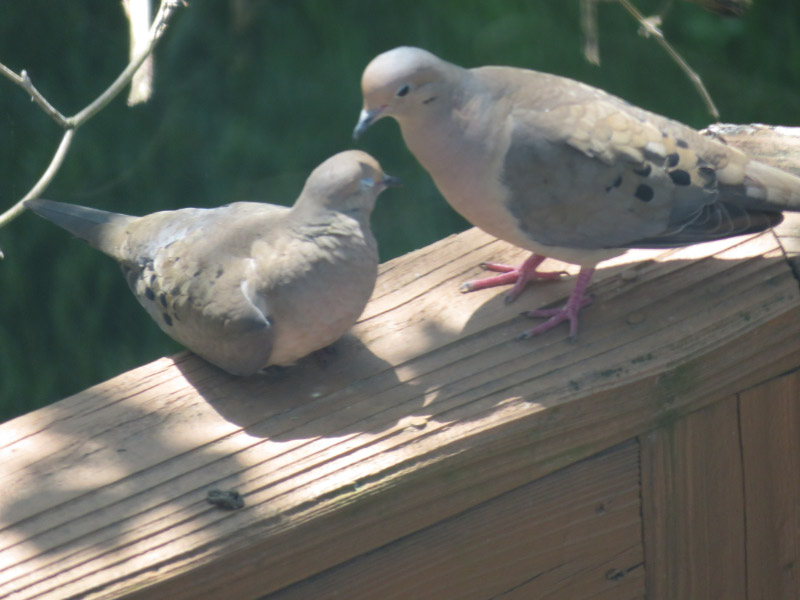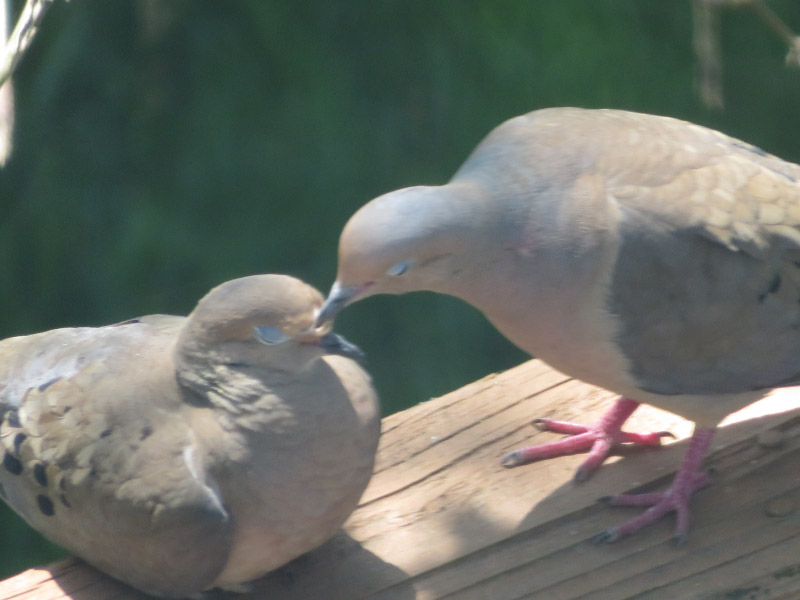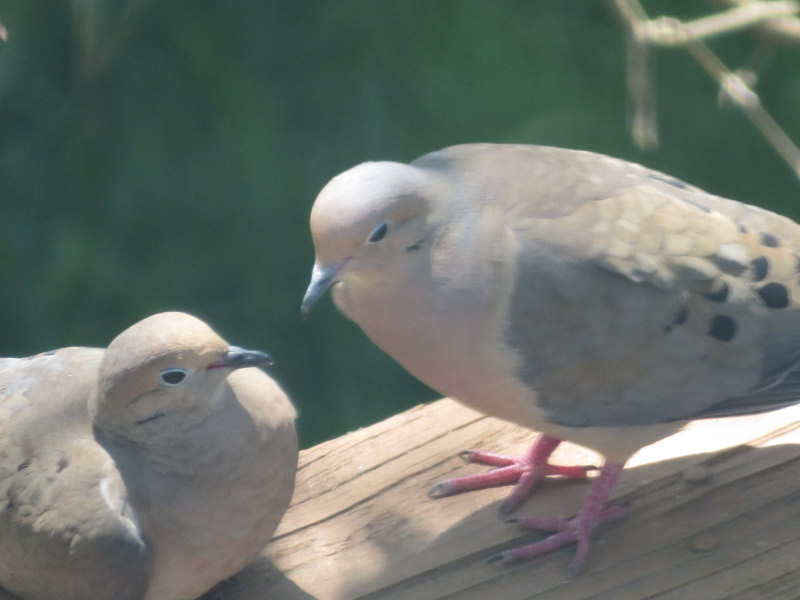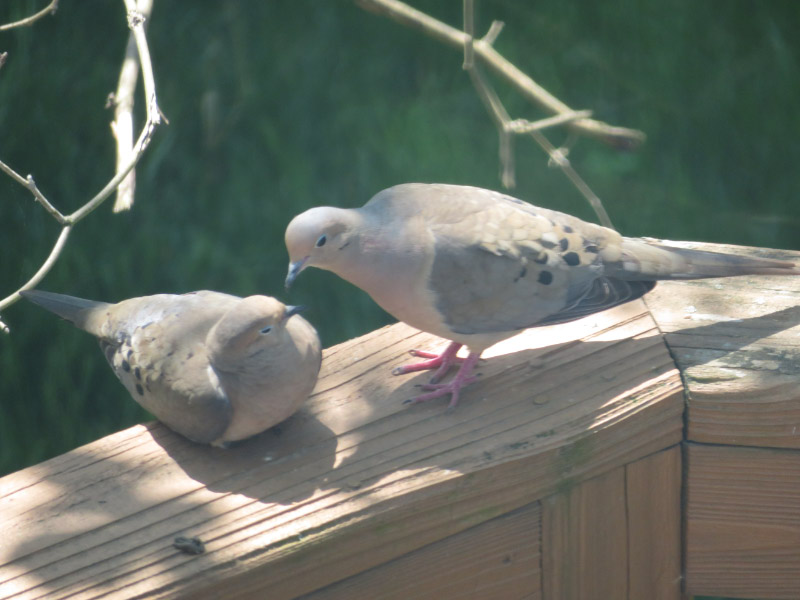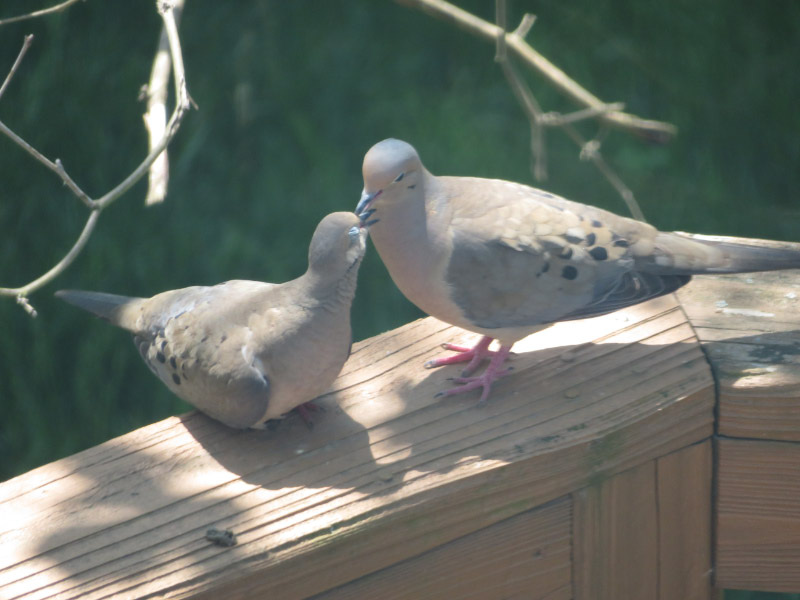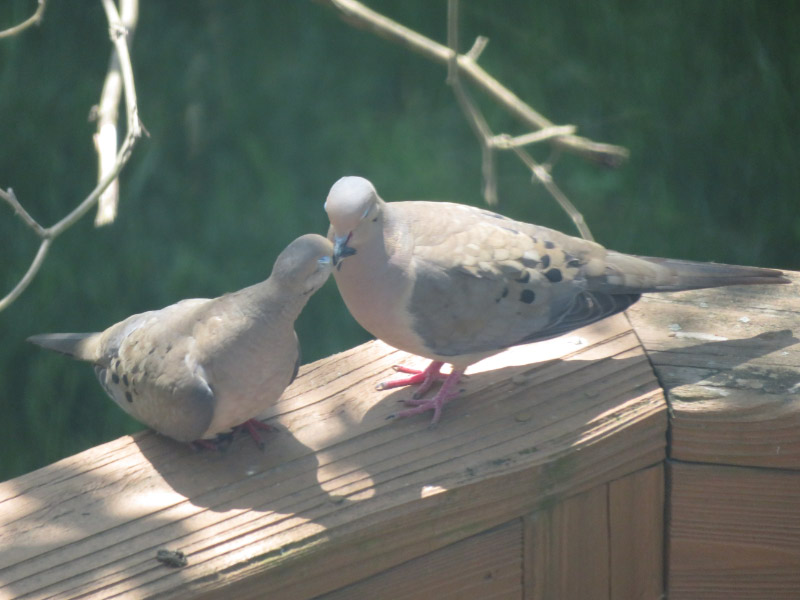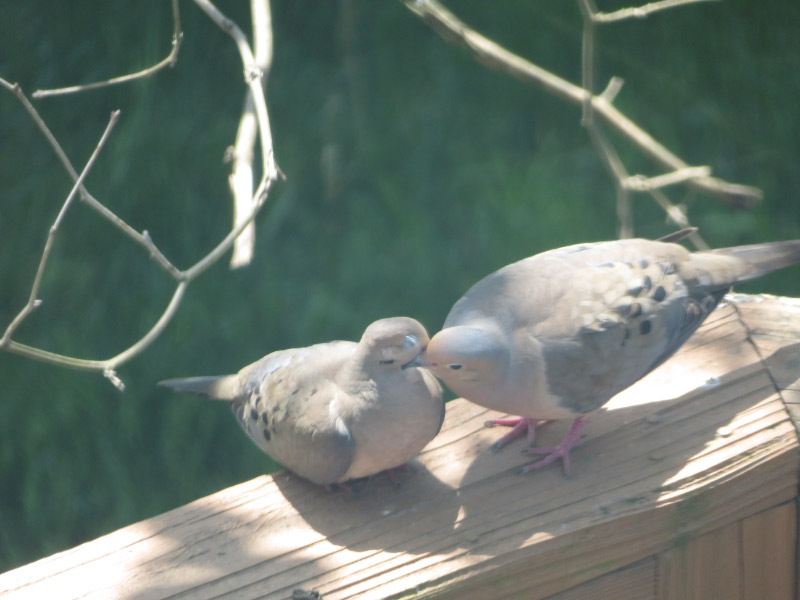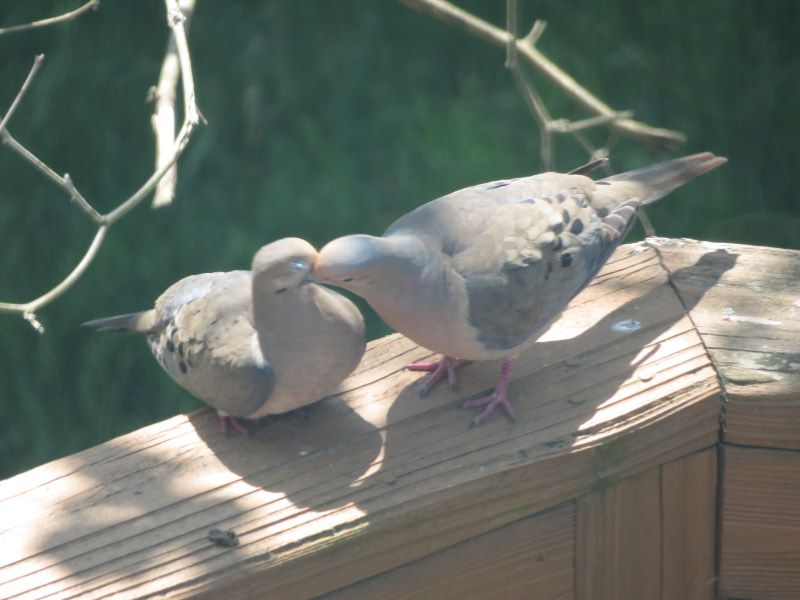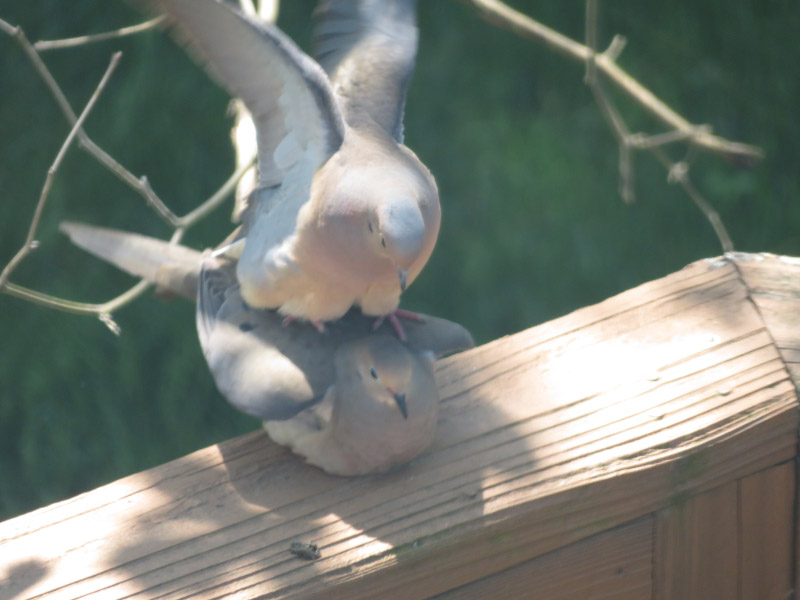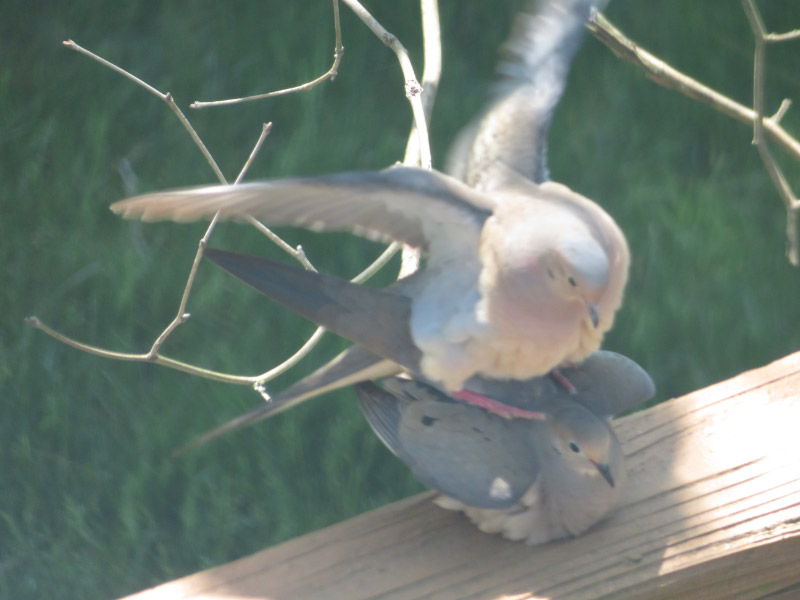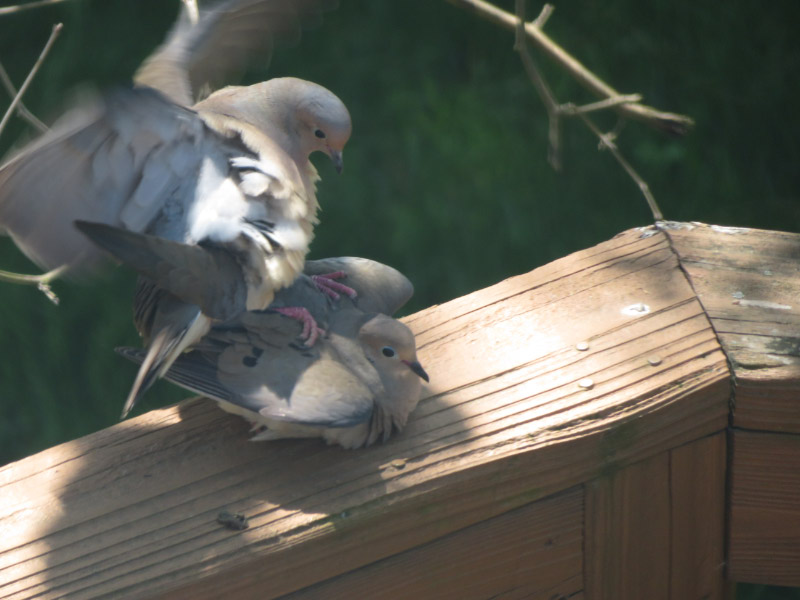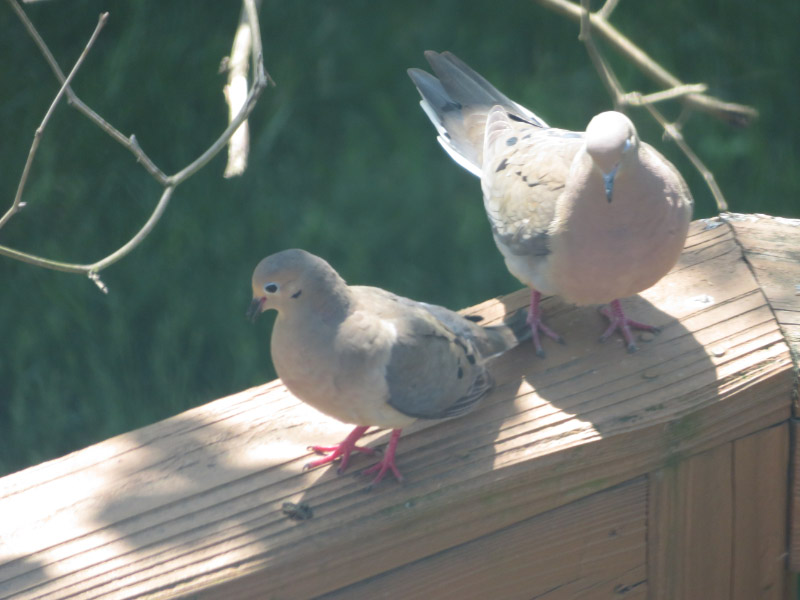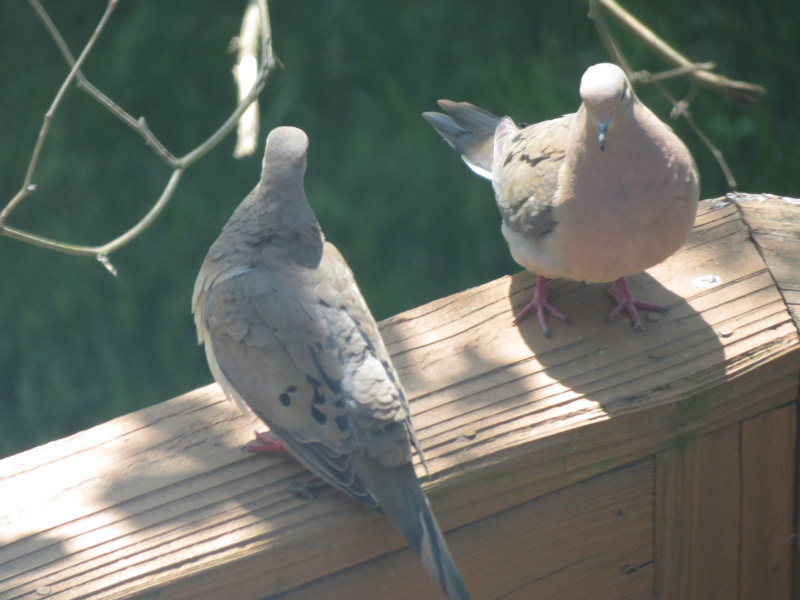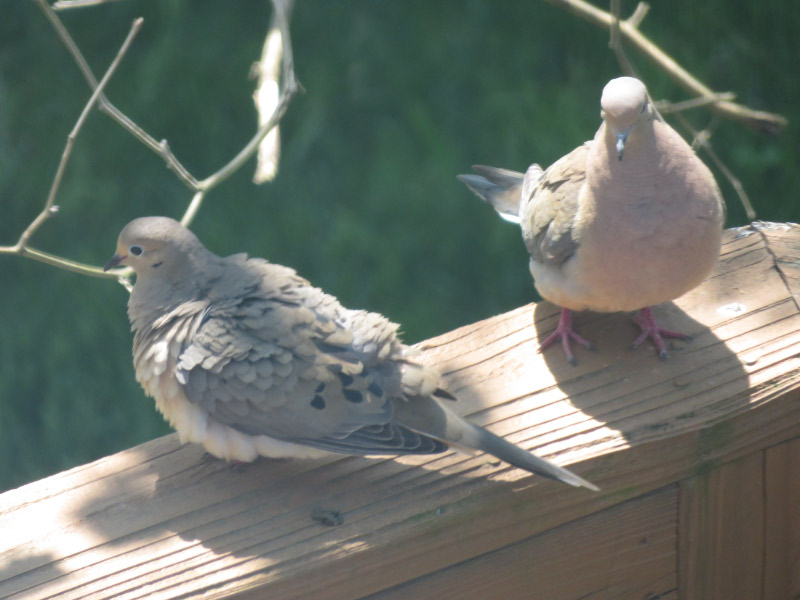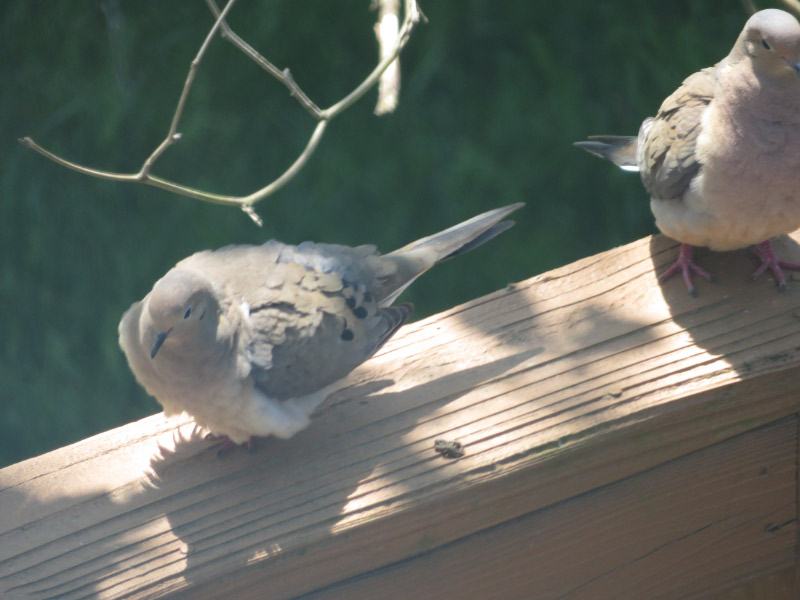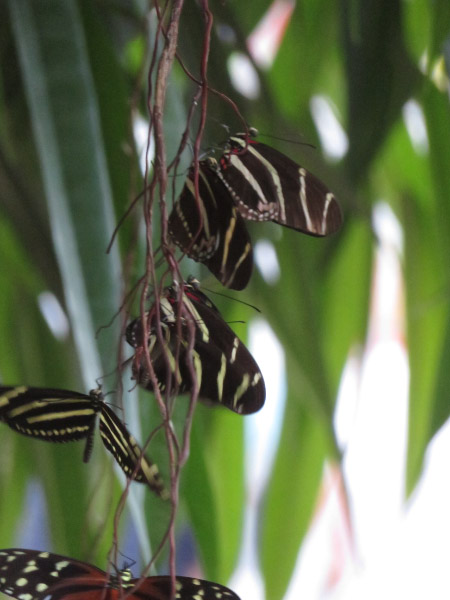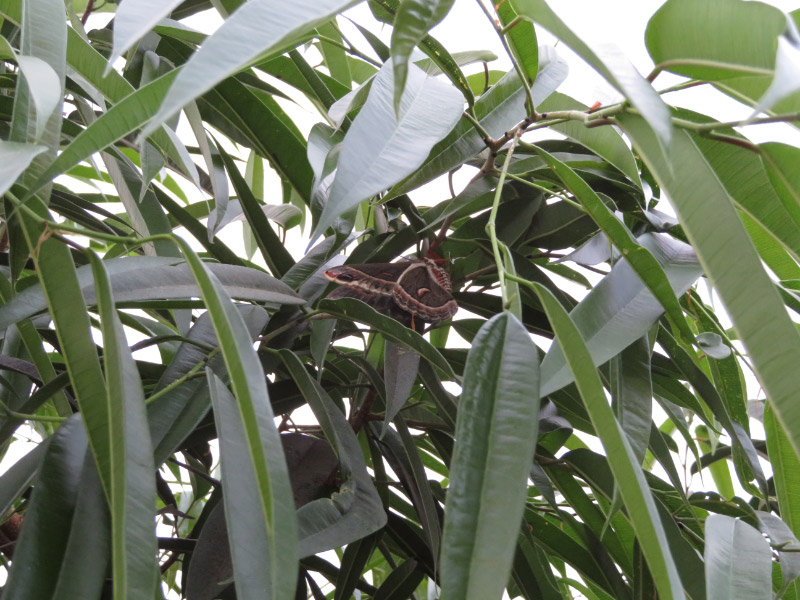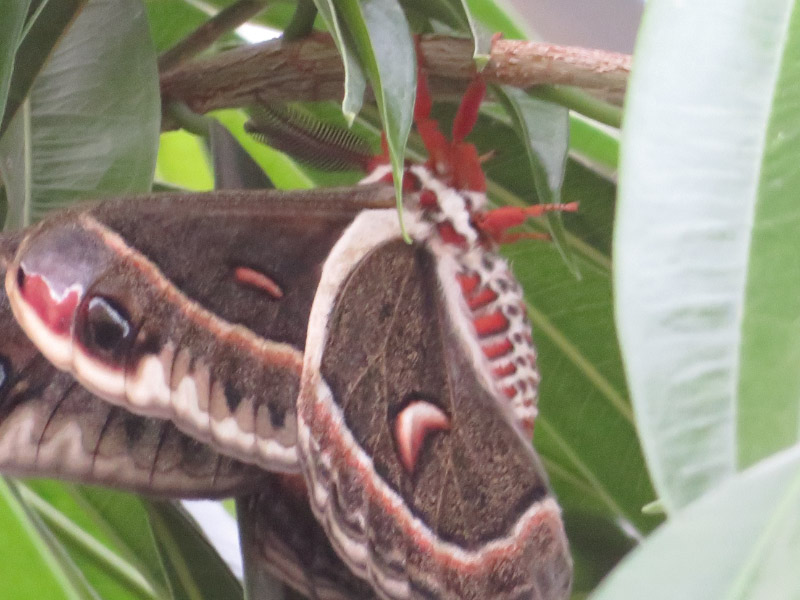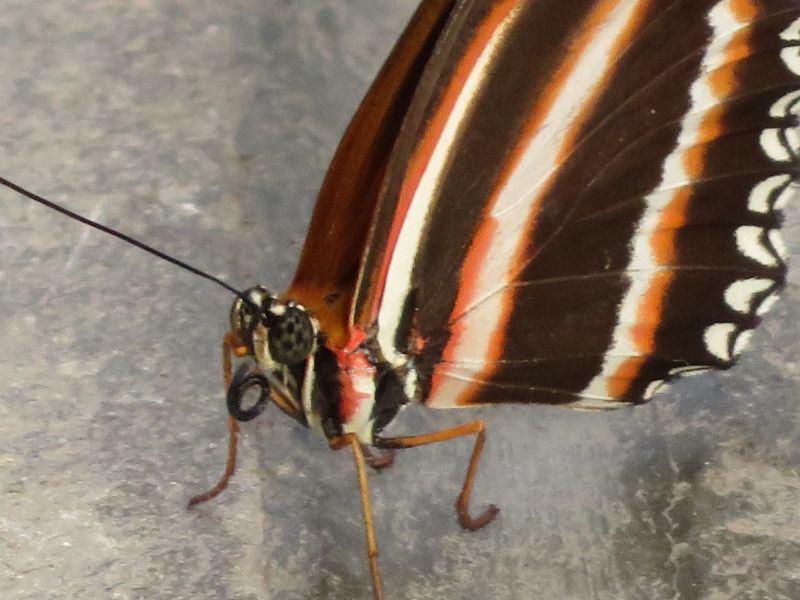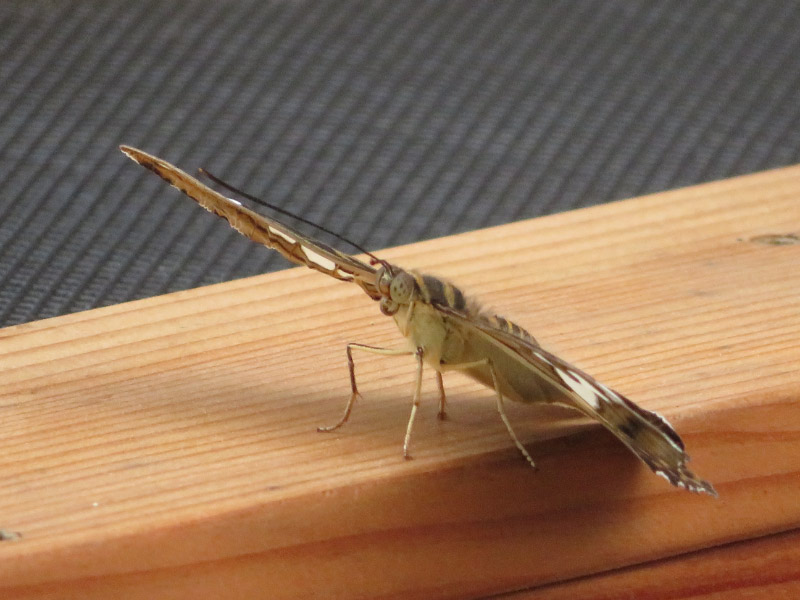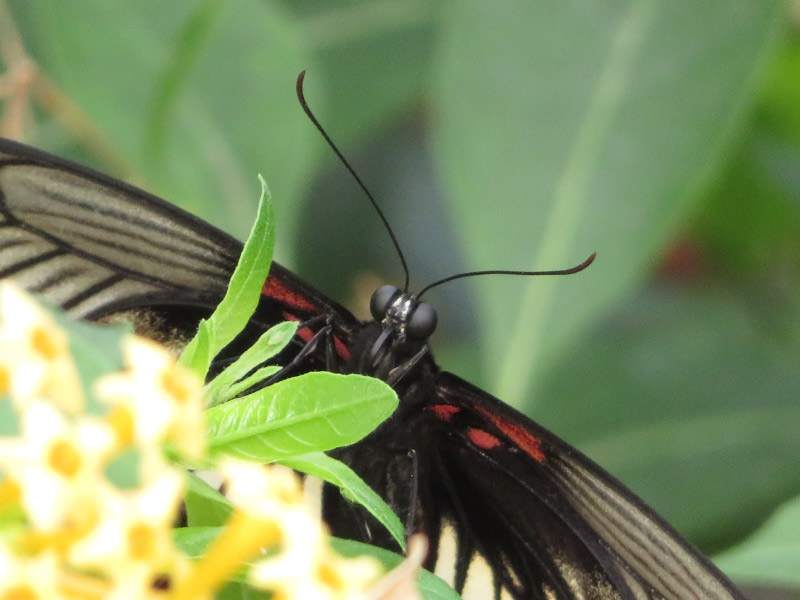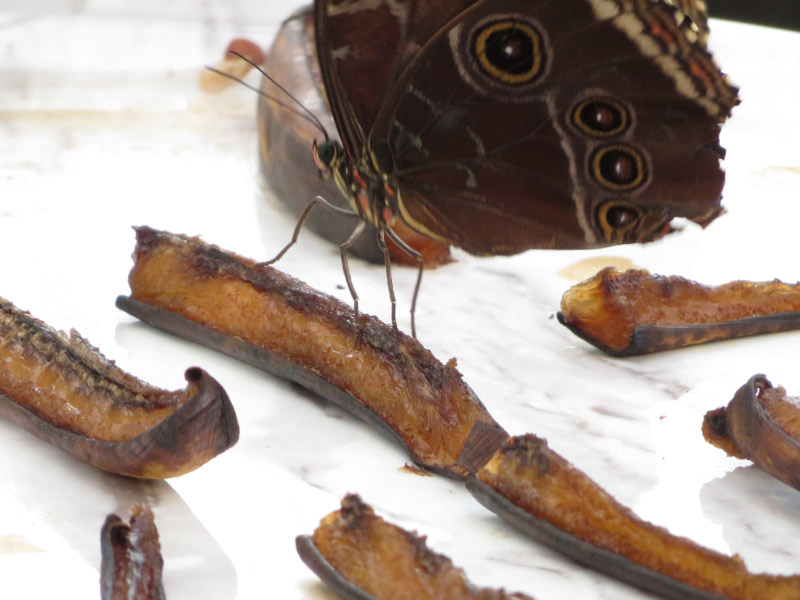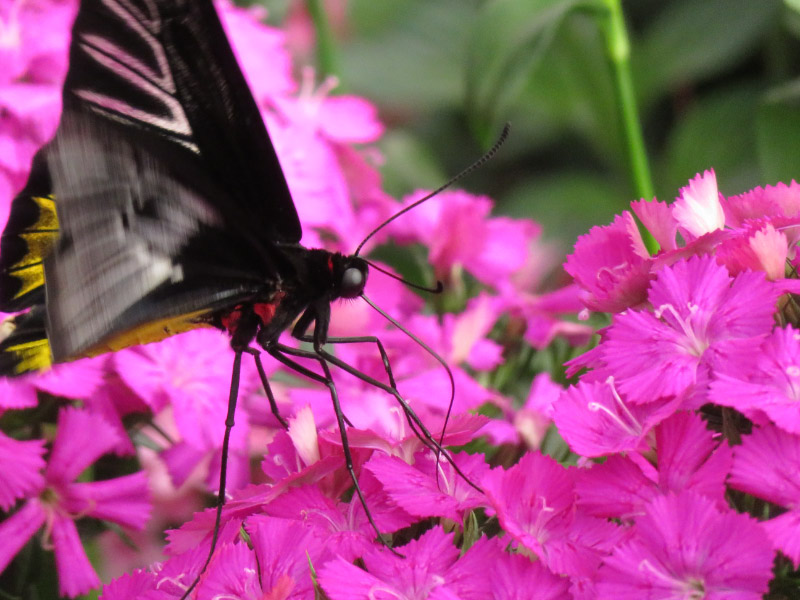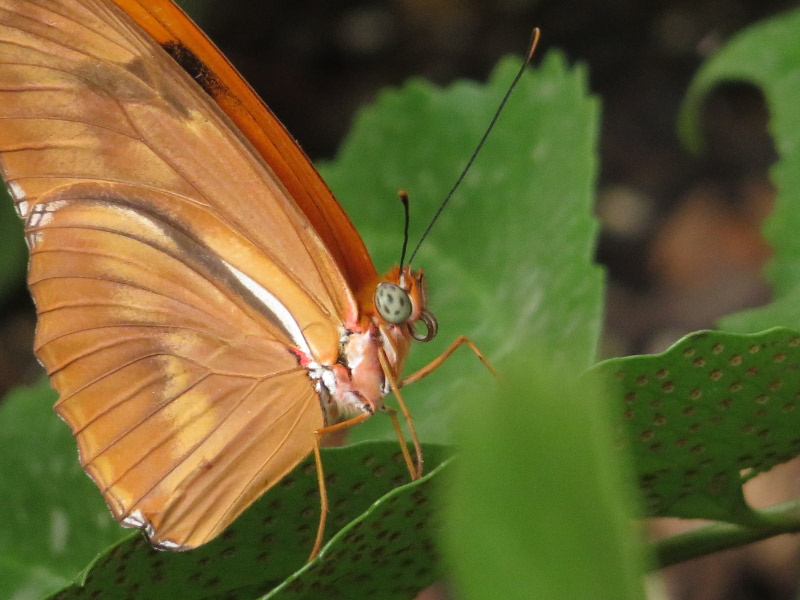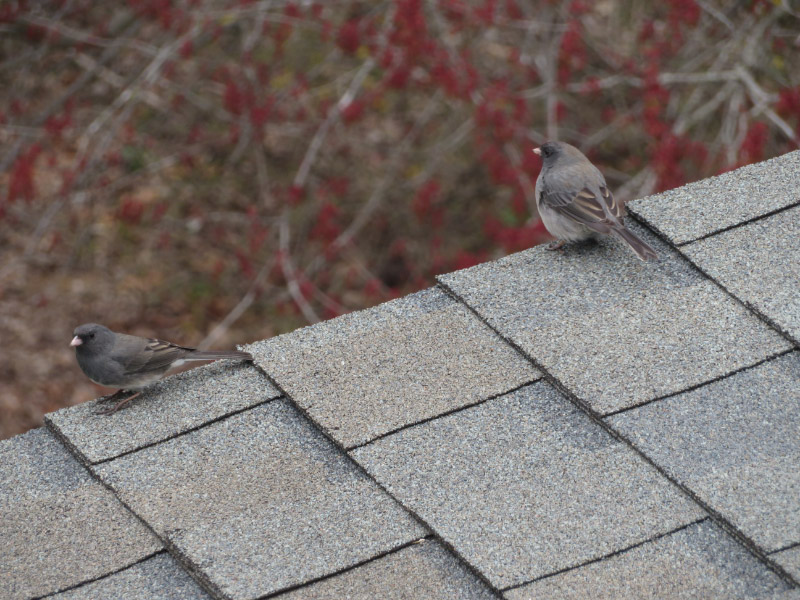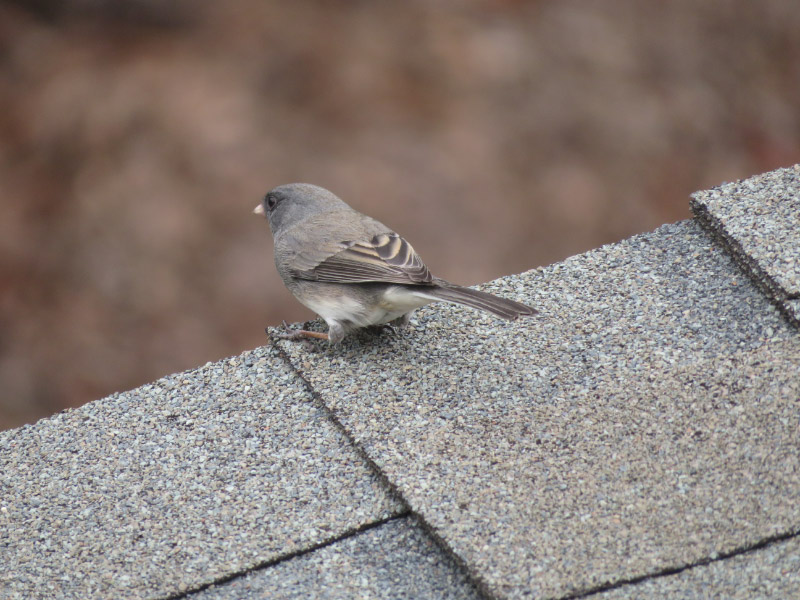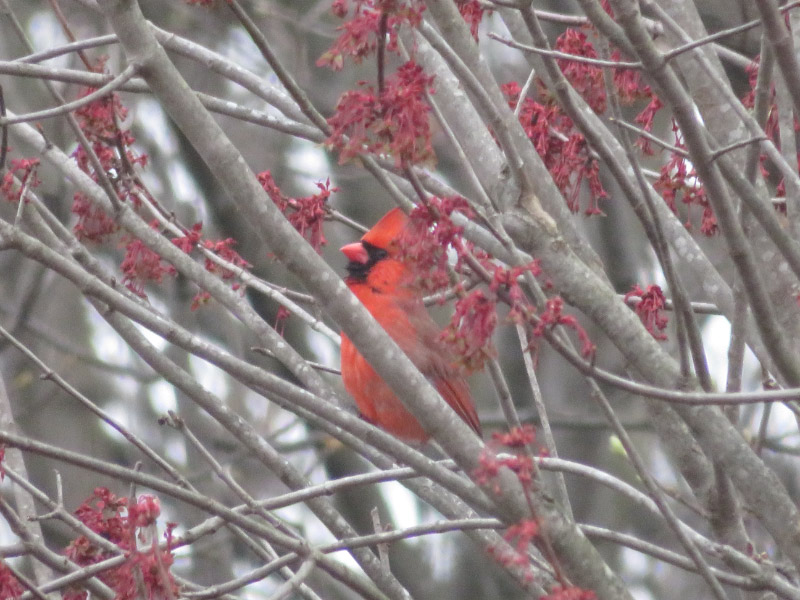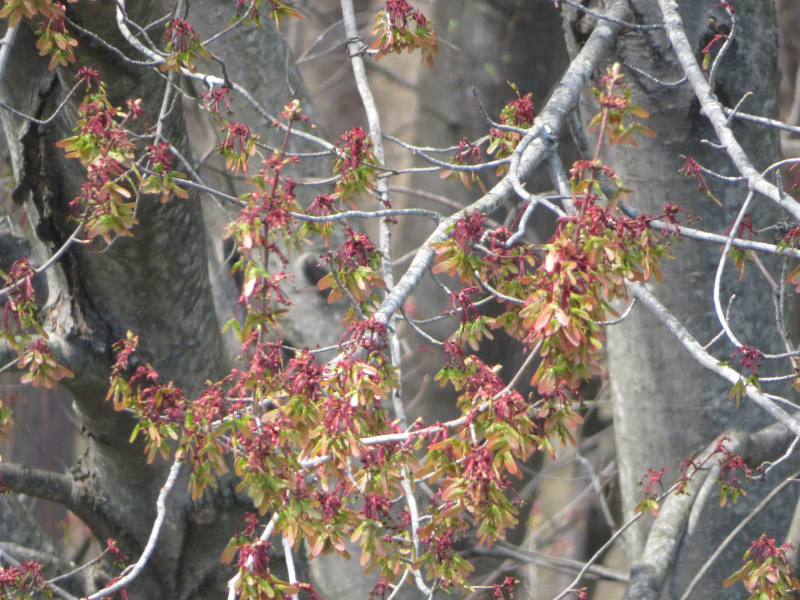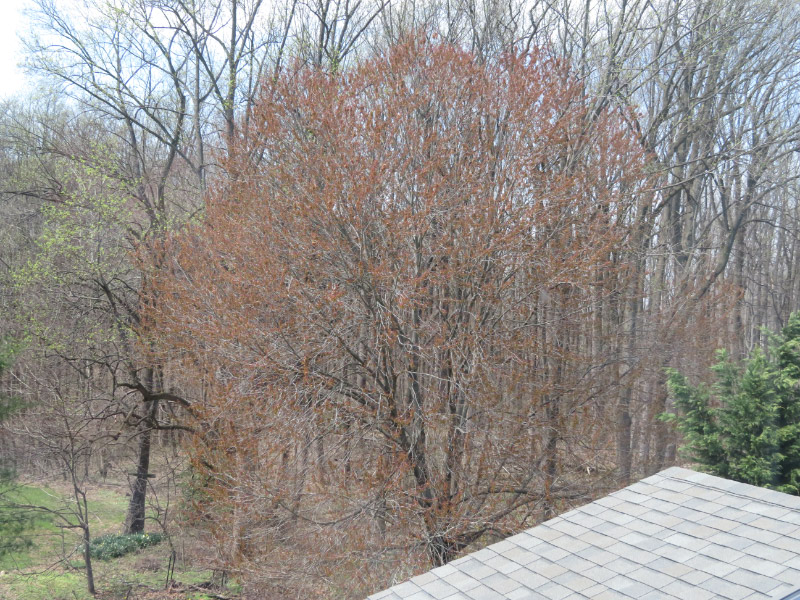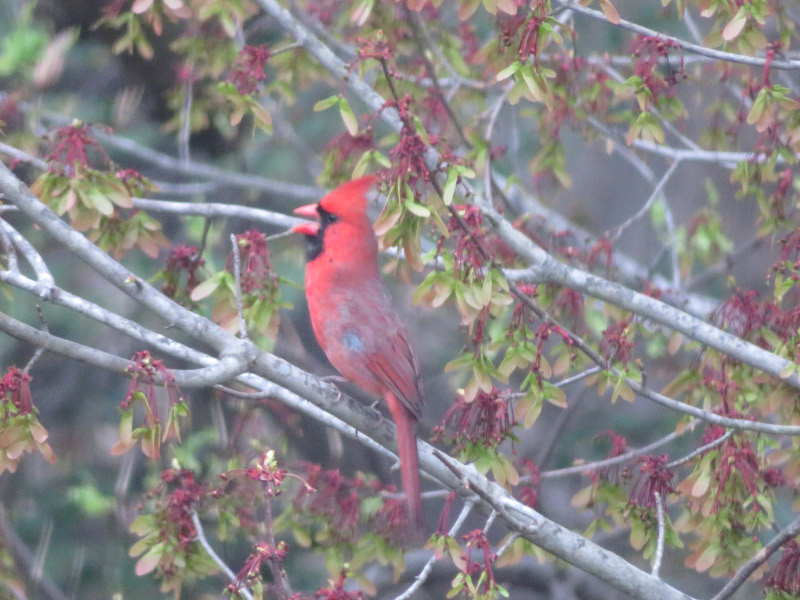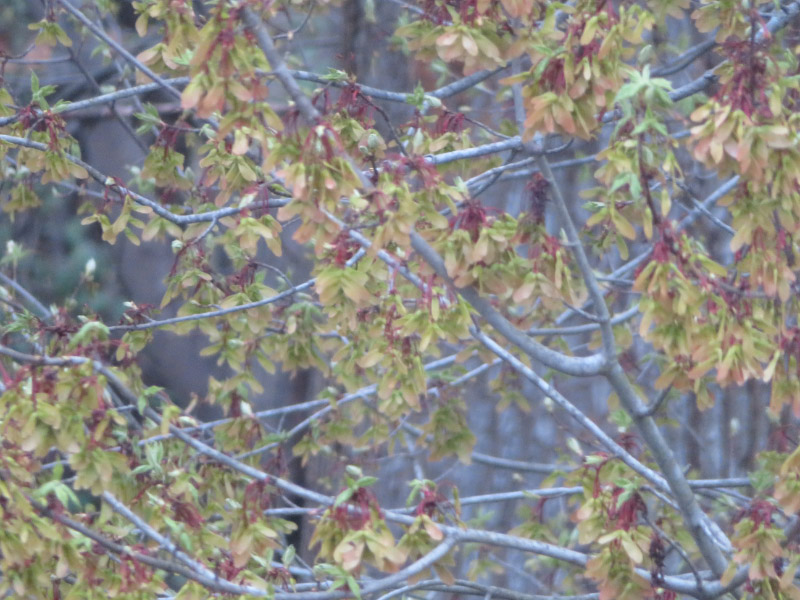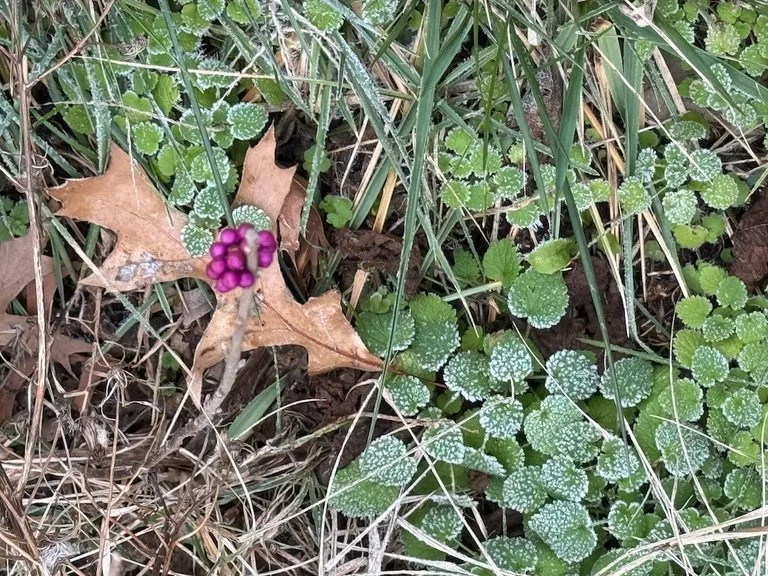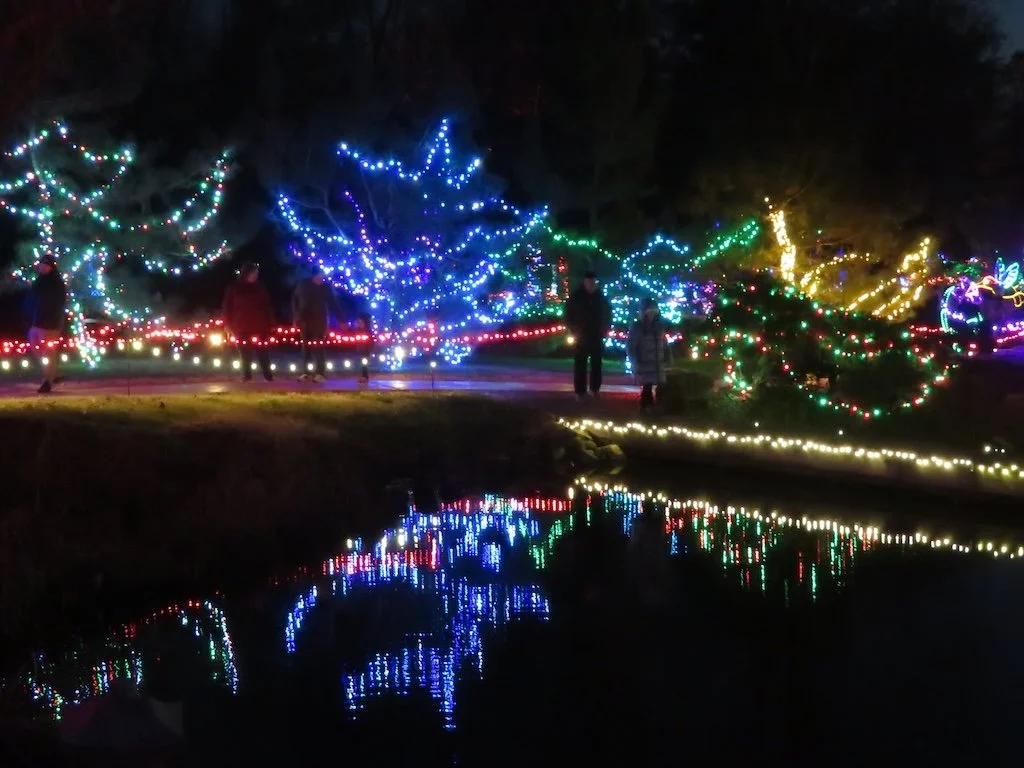The items below were ‘the cream’ of the articles and websites I found this past week. Click on the light green text to look at the article.
Significant role for nitrate in the Arctic landscape -- ScienceDaily – There is much we need to learn about how the arctic ecosystems work today….and what will likely happen as they warm. The carbon and nitrogen cycles will speed up…but how does that translate to the types of plants that will grow there.
The Wild and Scenic Rivers Act at Fifty – Protection of some special places….rivers and the banks.
Artist Paints Imaginary Ecosystems Bursting with Colorful Flora and Fauna – Eye candy for the week! (The paintings are also inspiration for Zentangles.)
A is for Aerosol: Earth Matters – A little tutorial that includes satellite pictures of different kinds of aerosols like volcanic ash, sand/dust storms, fog/haze, smoke.
New NOAA Report Looks at National Coastal Flood Vulnerability – The whole report can be found here. Figure 6 (page 26 of the PDF…14 of the report) shows annual high tide floods days per year from 1950 onward. There is a color skew toward more days in the last decade for many areas. Another flood related article: Flood risk denial in US coastal communities -- ScienceDaily – research about how to move communities from denial to taking mitigation actions to reduce the risk to their community.
Without Birds, Lizards, and Other Vertebrate Pollinators, Plant Reproduction Could Decline by Two-Thirds - Yale E360 – Pollination drops an average of 63% when vertebrates (like lizards, birds, bats, mice) are kept away. Wow! Pollinators are not all insects.
When Going Gluten-Free Is Not Enough: New Tests Detect Hidden Exposure – It’s hard to live a gluten-free diet in the modern world…and that is what 3M people in America are trying to do. This article increased my awareness of how hard it it….and how many people are impacted by celiac disease.
The Sahara Desert Has Grown 10 Percent Since 1920 - Yale E360 – The expansion has happened mostly to the south…during the historically rainy summer months. This is one of the first studies to look at precipitation over the course of a century rather than a shorter time.
Influence of global warming on U.S. heat waves may be felt first in the West and Great Lakes regions | NOAA Climate.gov – Maryland is included in the ‘Great Lakes’ region based on the map; in this area more than half of all heat waves would be predominately due to global warming by the mid-2030s. In the west it happens even earlier (by the end of the 2020s). Lots of people live in those areas and the statistics currently tell us that more people in the US die each year of heat-related illness than any other weather disaster.
Sweet potato history casts doubt on early contact between Polynesia and the Americas -- ScienceDaily – DNA studies of sweet potatoes show something about history…and about its closest wild relative (good for the long-term viability of the domesticated crop).














